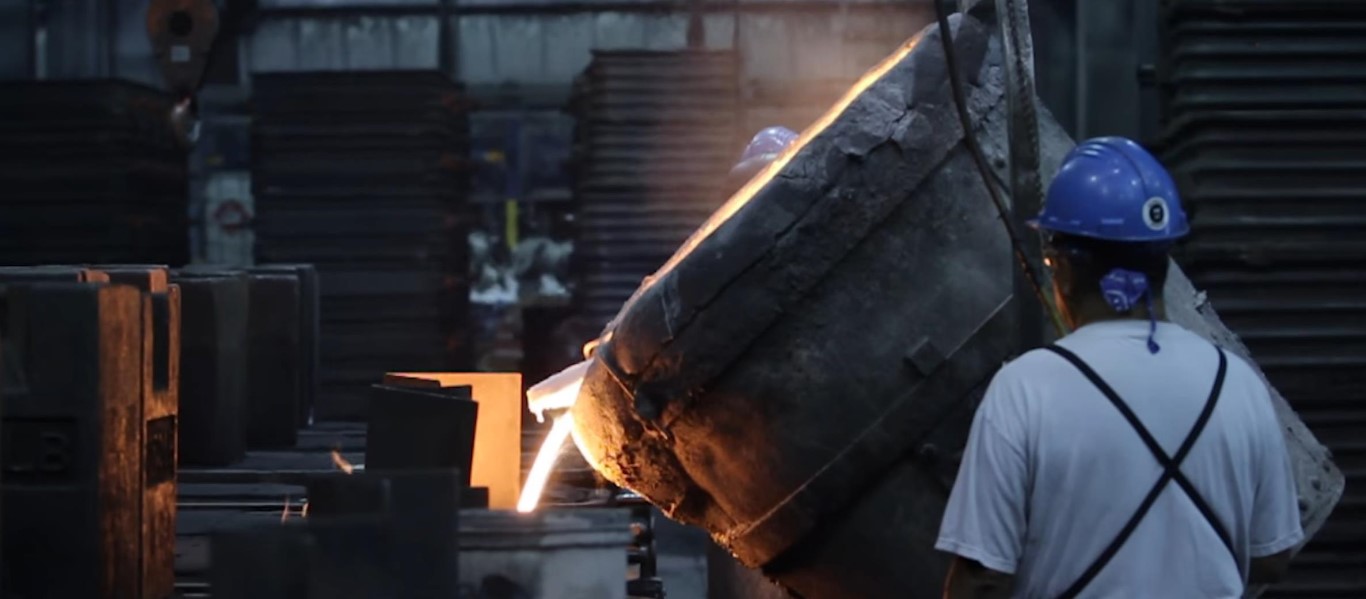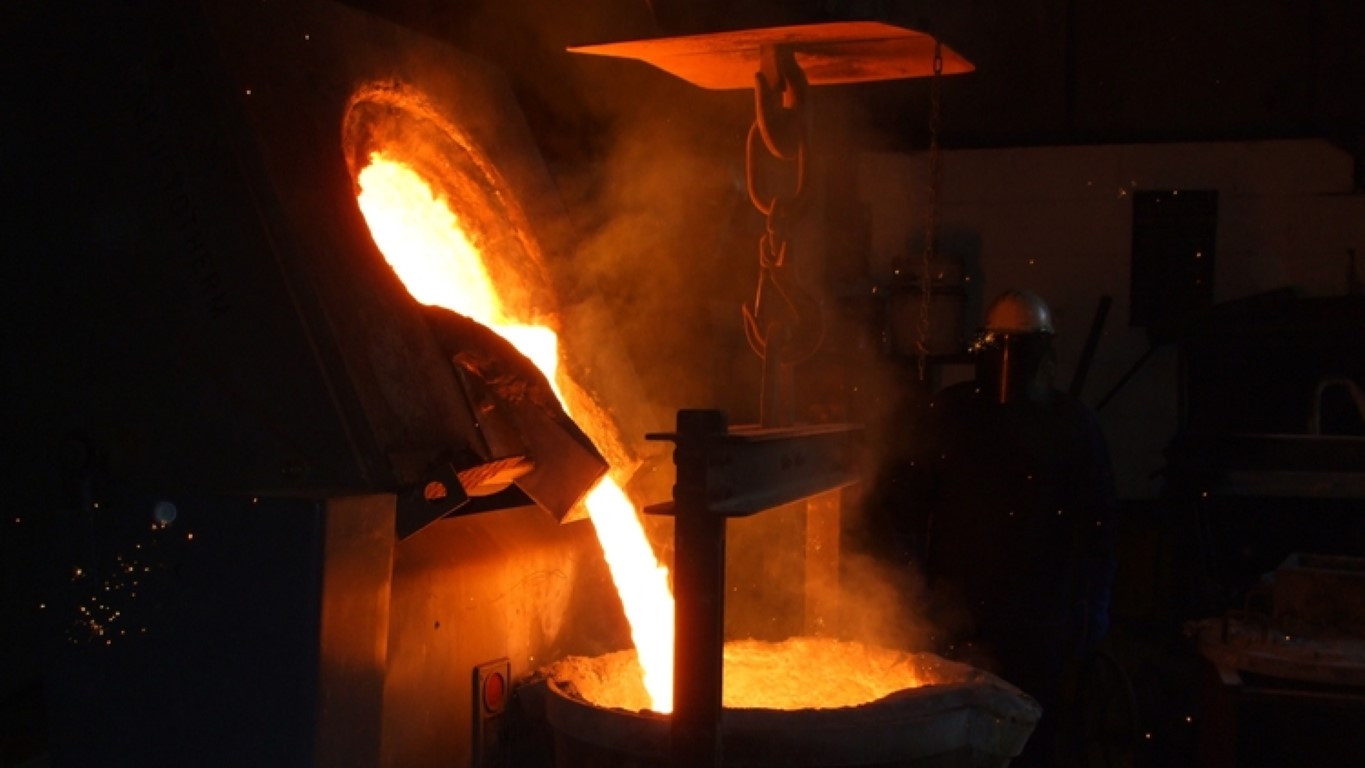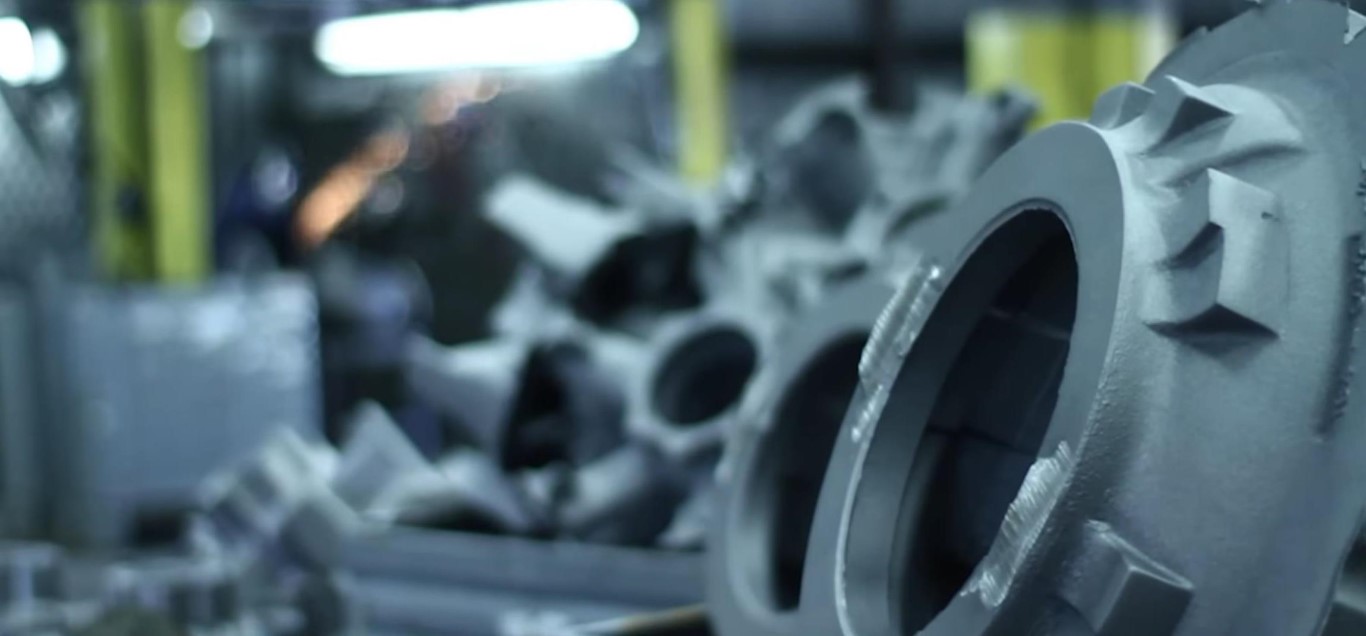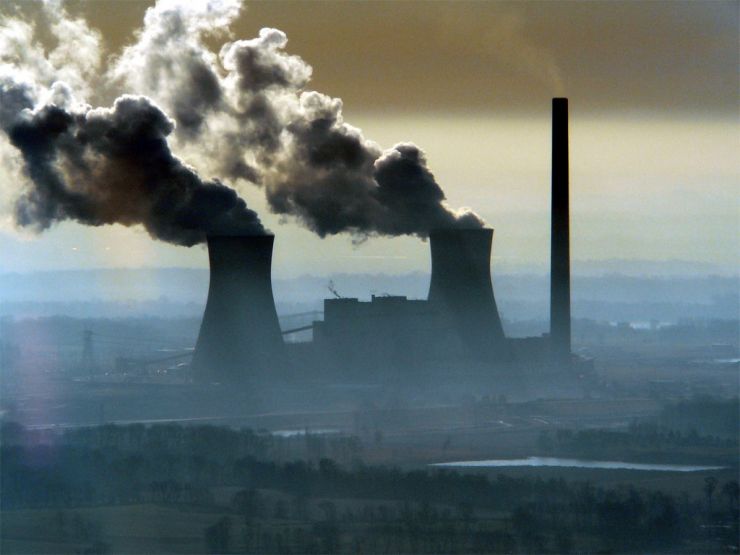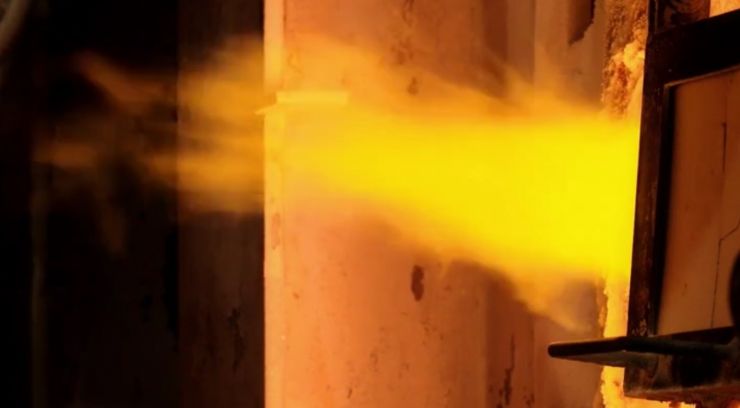Metal Foundries
We have been melting and forming metals as early as 3200 B.C when a copper frog was first cast in Mesopotamia. Modern foundries pour molten metal into molds to produce castings for many applications including cookware, piping, buildings, automobile engines and brakes. Wingra Engineering works with small and large foundries to help them comply with environmental protection requirements.
In 2015, Wingra obtained approval from the Indiana Department of Environmental Management for a sand reclamation system at a 200 ton per hour iron foundry in southern Indiana The foundry uses over 200,000 tons of sand each year to produce iron castings. The exterior green sand mold is composed of a mixture of sand, clay and sea coal while the interior sand core is composed of a mixture of sand and phenolic-urethane resins. A mechanical and natural gas-fired thermal reclamation system was installed to recycle foundry sand for reuse. Reuse of the sand both reduced operating costs for the foundry and improved sustainability by reducing the amount of spent sand requiring offsite disposal.
In 2007, Wingra Engineering obtained an air quality permit from the Tennessee Department of Environmental Conservation for the expansion of an iron foundry in Etowah, Tennessee. New electric furnaces and casting lines with a capacity of 60 tons per hour would be constructed. Beside the state air pollution control agency, Wingra worked with the National Park Service and U.S. Forest Service to assure protection of sensitive areas such as Smokey Mountains National Park. The new equipment required approval under the Prevention of Significant Deterioration or PSD major source regulations. Wingra prepared a permit application for the project that included an evalution of state-of-the-art air pollution control measures and dispersion modeling analyses to verify compliance with air quality standards.
Wisconsin hazardous air pollutant requirements under Chapter NR 445, Wis. Adm. Code, allow use of a combined risk analysis to determine the safety of carcinogenic air pollutants. In 2005, Wingra Engineering received the first Wisconsin Department of Natural Resources approval of a combined risk analysis for discharges from an iron foundry. A comprehensive emissions inventory was compiled for 16 individual contaminants released from 82 foundry operations, emergency generators and natural gas combustion. To simplify the analysis, emissions from each discharge point were reduced to an equivalent quantity of benzene emissions, referred to as “TEQ as Benzene”. The analysis verified that the estimated cumulative risk due to foundry operations was less than the 10 x 10-6 requirement. A technical paper on the techniques used for this project was presented at the national conference of the Air & Waste Management Association in 2006. An abstract and full text of the paper are available on the Wingra web site.
